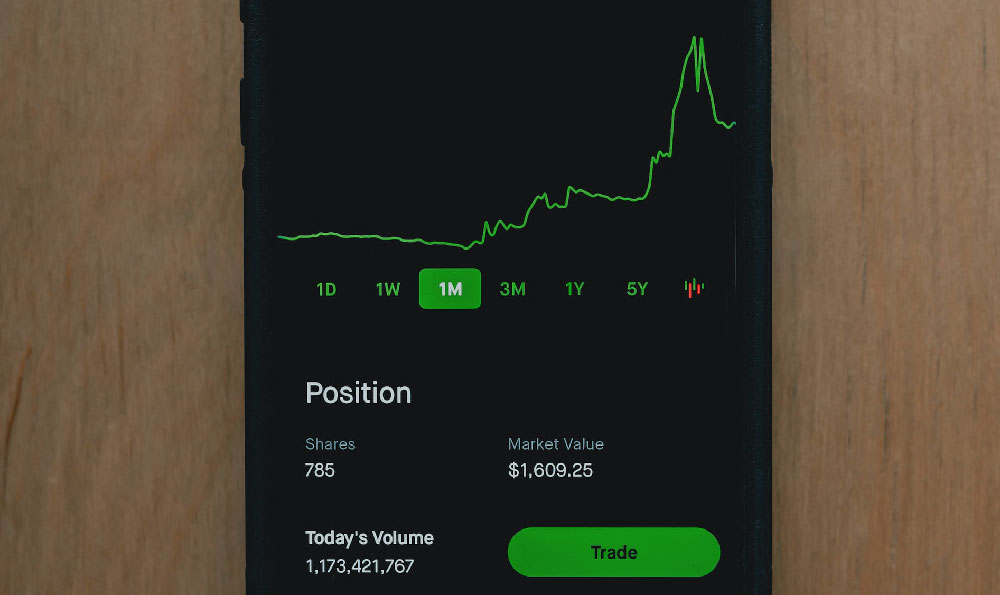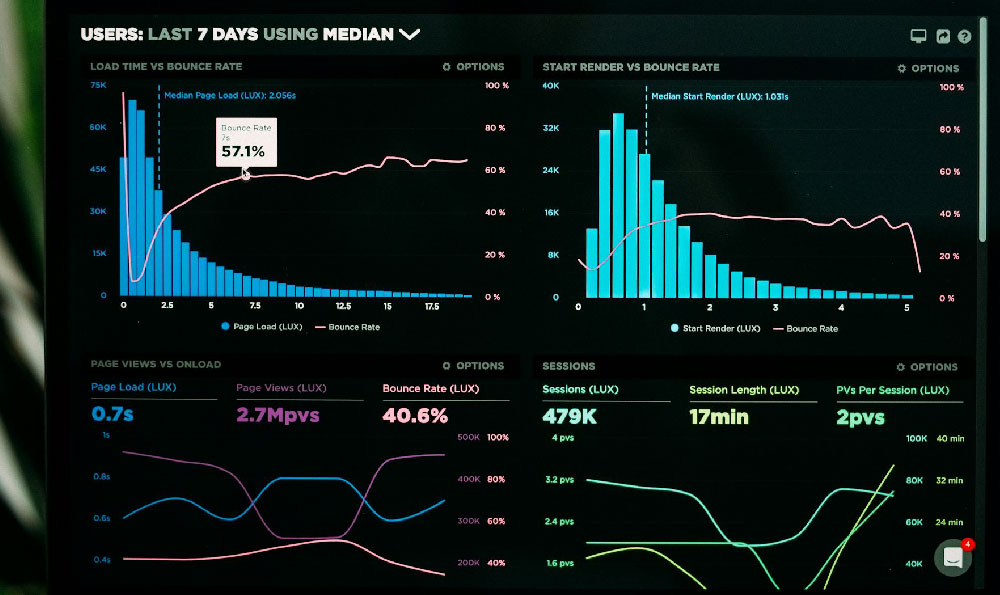YouTubers, those charismatic personalities who captivate audiences with their videos, have transformed a hobby into a legitimate career path for many. But how do they actually make money? The reality is more complex than simply uploading videos and watching the dollars roll in. Their income streams are diverse, strategically cultivated, and heavily reliant on audience engagement. Understanding these various avenues is crucial to appreciating the business acumen behind successful YouTube channels.
The most direct and frequently discussed revenue source is advertising revenue generated through the YouTube Partner Program (YPP). YouTubers who meet specific criteria – a minimum number of subscribers (currently 1,000) and watch hours (4,000 in the past 12 months) – can apply to join the YPP. Once accepted, they can monetize their videos by displaying ads before, during, or after the content. The earnings are typically calculated based on the cost per mille (CPM), which is the amount advertisers pay for every 1,000 ad views. However, a more accurate reflection of earnings comes from Revenue per Mille (RPM), which accounts for ad blockers, non-monetized views, and other factors influencing overall revenue generation per 1,000 views.
The CPM and RPM rates fluctuate considerably depending on various factors, including the channel's niche, the geographic location of the audience, the time of year (advertisers often spend more during holidays), and the type of ad displayed. For example, channels focused on finance or technology tend to command higher CPMs because advertisers in these sectors are willing to pay more to reach a targeted audience. Similarly, viewers from countries with higher advertising rates, such as the United States or the United Kingdom, contribute more to ad revenue than viewers from countries with lower rates. Therefore, relying solely on ad revenue can be unpredictable, necessitating a diversified approach to income generation.

Beyond advertising, another substantial income stream for YouTubers is sponsorships and brand deals. As channels grow in popularity and influence, they become attractive to companies seeking to promote their products or services to a highly engaged audience. These collaborations can take various forms, including dedicated videos showcasing a product, integrated mentions within existing content, or affiliate marketing where the YouTuber earns a commission for every sale generated through a unique referral link. The value of sponsorships is determined by the YouTuber's reach, engagement rate, audience demographics, and the perceived value of the partnership to the brand. Unlike ad revenue, sponsorships offer a more direct and often more lucrative form of compensation. Securing these deals, however, requires YouTubers to maintain a consistent brand image, produce high-quality content, and demonstrate a proven track record of delivering results for past sponsors. Transparency is also vital, as viewers generally appreciate clear disclosures about sponsored content.
Merchandise sales represent another avenue for YouTubers to monetize their brand and cultivate a deeper connection with their fans. Creating and selling branded merchandise, such as t-shirts, hoodies, mugs, stickers, or other items related to their channel's theme, allows YouTubers to generate revenue while offering their audience a tangible way to support their work. This approach can be particularly effective for channels with a strong sense of community or a dedicated fanbase. Platforms like Shopify, Printful, and Teespring make it relatively easy for YouTubers to set up online stores and manage the production and fulfillment of merchandise orders. The key to successful merchandise sales lies in offering high-quality products that resonate with the audience's interests and reflect the YouTuber's brand identity.
Affiliate marketing, as mentioned earlier, can also be a powerful revenue stream. YouTubers often promote products or services they genuinely use and recommend, providing links in their video descriptions or directly mentioning them in their content. When viewers click on these links and make a purchase, the YouTuber earns a commission on the sale. The commission rates vary depending on the affiliate program and the product or service being promoted. Success in affiliate marketing hinges on building trust with the audience and recommending products that are relevant and valuable to their needs. Overly aggressive or disingenuous promotion can damage a YouTuber's reputation and erode viewer trust, ultimately hindering their ability to generate income through this method.
Many YouTubers are also embracing the power of crowdfunding and fan support platforms like Patreon, YouTube Memberships, or Buy Me a Coffee. These platforms allow viewers to directly support their favorite creators through recurring monthly subscriptions or one-time donations. In exchange for their support, patrons or members typically receive exclusive benefits, such as early access to videos, behind-the-scenes content, personalized shout-outs, or access to private communities. Building a strong relationship with their audience and fostering a sense of community are crucial for success on these platforms. Viewers are more likely to financially support creators they feel connected to and who consistently deliver valuable content.
Beyond these core revenue streams, some YouTubers explore opportunities such as offering online courses, workshops, or consulting services related to their area of expertise. For example, a YouTuber specializing in photography might offer an online course teaching viewers how to improve their photography skills. A gaming YouTuber could provide coaching services to players looking to improve their gameplay. The potential for generating income through these channels is significant, but it requires the YouTuber to possess genuine expertise and the ability to effectively communicate their knowledge to others.
In conclusion, the income sources for YouTubers are varied and interconnected. While ad revenue remains a significant component, successful YouTubers typically diversify their revenue streams through sponsorships, merchandise sales, affiliate marketing, crowdfunding, and other creative ventures. The key to success lies in consistently producing high-quality content, building a strong relationship with the audience, and adapting to the ever-evolving landscape of the online video industry. The business of being a YouTuber is not merely about creating videos; it's about building a brand, cultivating a community, and strategically monetizing one's influence.












